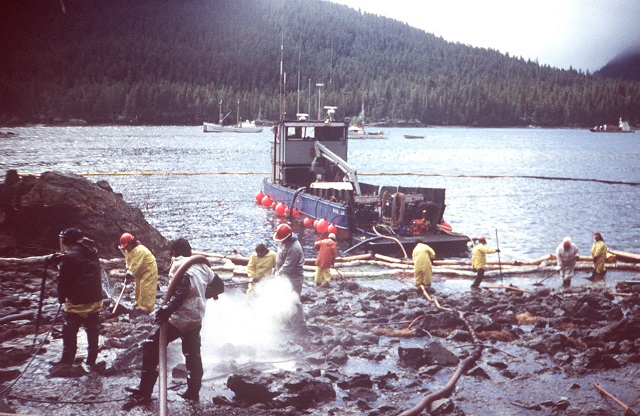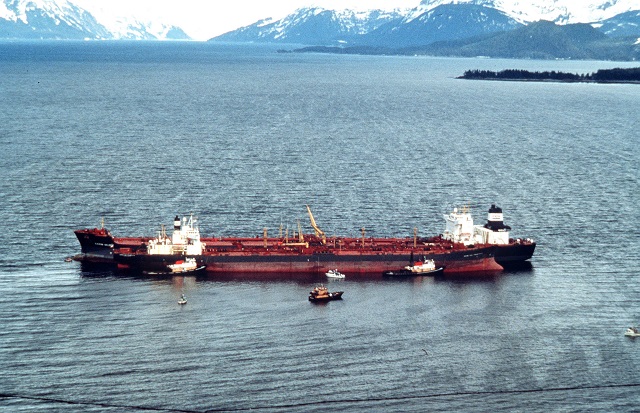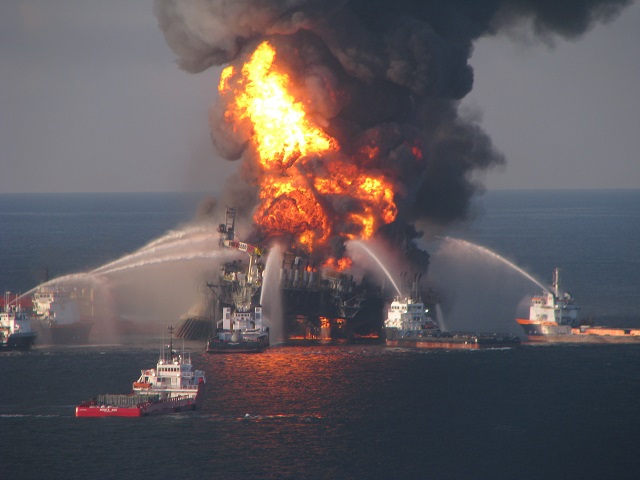225 years of Service: Marine Environmental Protection
2015 marks the 225th birthday of the United States Coast Guard.
by William Thiesen, Atlantic Area Historian
The U.S. Coast Guard has been the steward of the nation’s maritime environment since the 1820s. This mission dates back to 1822, when Congress tasked the U.S. Revenue Cutter Service with monitoring Federal forest preserves that provided specialized ship timber required for construction of U.S. Navy warships.
During the late 1800s, the service’s environmental mission expanded to protect endangered resources, including fish, whales and fur bearing marine mammals. This became especially important with the acquisition of Alaska in 1867 and Hawaii in 1898, and the consequent expansion of U.S. territorial waters. Many species of fish and marine mammals faced extinction from intensive fishing, whaling and sealing until the Treasury Department tasked the Coast Guard with regulating the catch of U.S. and foreign vessels.
The service’s mission expanded even further with the shipping of chemical cargoes late in the 19th century. Throughout the 1800s, coal proved the most important fuel, powering merchant ships and transported as cargo by them, fortunately this solid fuel failed to pollute water, as did chemicals. In 1885, construction of the first purpose-built oil tanker Gluckauf (German word for “good luck”) changed history by marking the demise of coal-dominated shipping. Ironically, the Gluckauf also marked the beginning of U.S. oil spill history in 1893, when she came ashore at Fire Island, off Long Island, New York.

During the 20th century, oil and chemical shipping grew in importance and liquid petroleum products prevailed as ship fuel and cargo. The Coast Guard’s role in oil and chemical spill response officially began in 1924, when Congress passed the Oil Pollution Act. After World War II, numerous high-profile oil spills occurred; most notable among these were the Torrey Canyon oil spill in 1967 and the Argo Merchant spill in 1976. With these large environmental disasters came greater regulation of oil tankers and improved technology for responding to chemical spills. At about the same time, Congress tasked the service with monitoring unauthorized substance discharge, enforcing ballast water regulations and ensuring that commercial vessels met U.S. environmental safety and maintenance standards.
Oil spill occurrence seemed to reach its climax in 1989, when the supertanker Exxon Valdez ran aground in Price William Sound, Alaska, spilling 11 million gallons of crude oil. It was the largest oil spill in U.S. waters up to that time. The Exxon Valdez disaster led to passage of the Oil Pollution Act of 1990, or OPA 90. Enforcement of OPA 90 regulations became the single largest law enforcement assignment of the Coast Guard since prohibition and the maritime interdiction of smuggled illegal liquor. The OPA 90 regulations included mandatory double-hull designs for new tankers and a new rapid response capability for the Coast Guard.

Even in times of war, the Coast Guard has engaged in protecting the environment. In February 1991, Iraqi forces destroyed oil rigs in the Persian Gulf causing massive oil spills. Two Coast Guard HU-25A Falcon jets deployed for Saudi Arabia as part of a U.S. oil-spill assessment team. Two Coast Guard HC-130 Hercules airplanes joined them with spare parts and deployment packages. The Falcons mapped more than 40,000 square miles locating “every drop of oil on the water” and providing daily updated analysis of location, condition and drift projections of the oil.
On April 20, 2010, an explosion in the Gulf of Mexico rocked the offshore drilling rig named Deepwater Horizon. The explosion and subsequent fire resulted in the largest oil spill in U.S. history. Approximately 210 million gallons of crude oil released in the Deepwater Horizon disaster dwarfed the volume of the Exxon Valdez spill, and equaled nearly 90 percent of all the oil spills in U.S. waters recorded in the previous 40 years. As in all spill response efforts, the Coast Guard played a leading role in overseeing the containment and clean up of the Deepwater Horizon spill.

The service now supports five environmental protection missions. The first is prevention, by stopping pollution before it occurs with training, equipment and procedures. The second is enforcement through civil and criminal penalties for polluting or non-adherence to Coast Guard regulations. The third is surveillance through pollution over flights, vessel boardings, harbor patrols, fluid-transfer monitoring, and facility inspections. The fourth is response through cleanup and impact limitation of an oil or chemical discharge. And the fifth is in-house abatement, ensuring that Coast Guard vessels and facilities comply with federal pollution laws and regulations.
In addition to its oil and chemical spill response tasking, the service continues to protect U.S. fisheries through regular law enforcement patrols. The service has even undertaken the monitoring of airborne emissions by large marine vessels operating in U.S. waters. Under a new memorandum of understanding, the Coast Guard has partnered with the Environmental Protection Agency to inspect marine vessels and take appropriate actions in the event of emissions violations.
The U.S. Coast Guard has been a steward of the nation’s maritime environment for nearly 200 years, expanding and adapting its mission to ever-changing natural and man-made threats to the nation’s ocean waters and inland waterways.
The opinions expressed herein are the author's and not necessarily those of The Maritime Executive.
